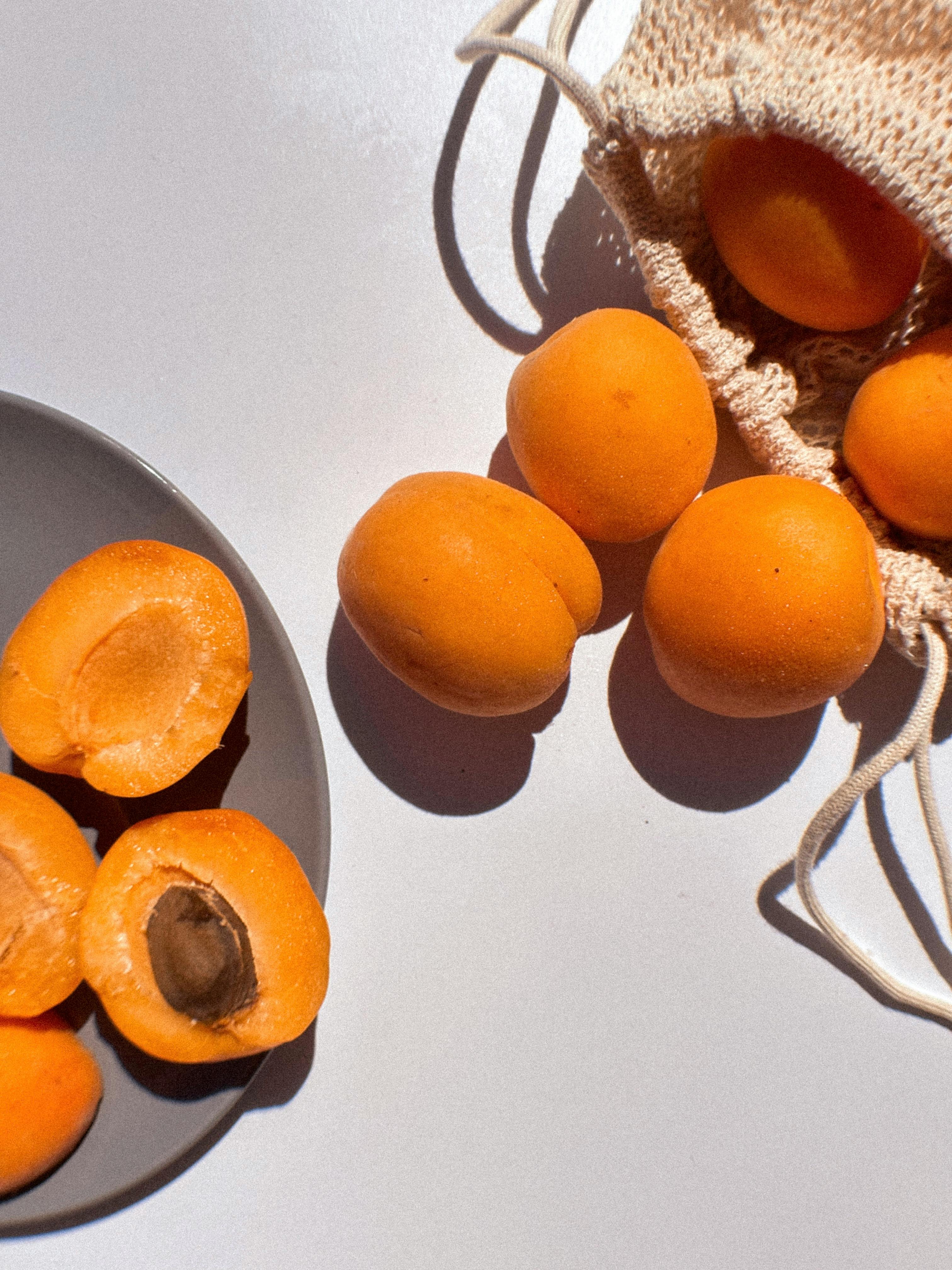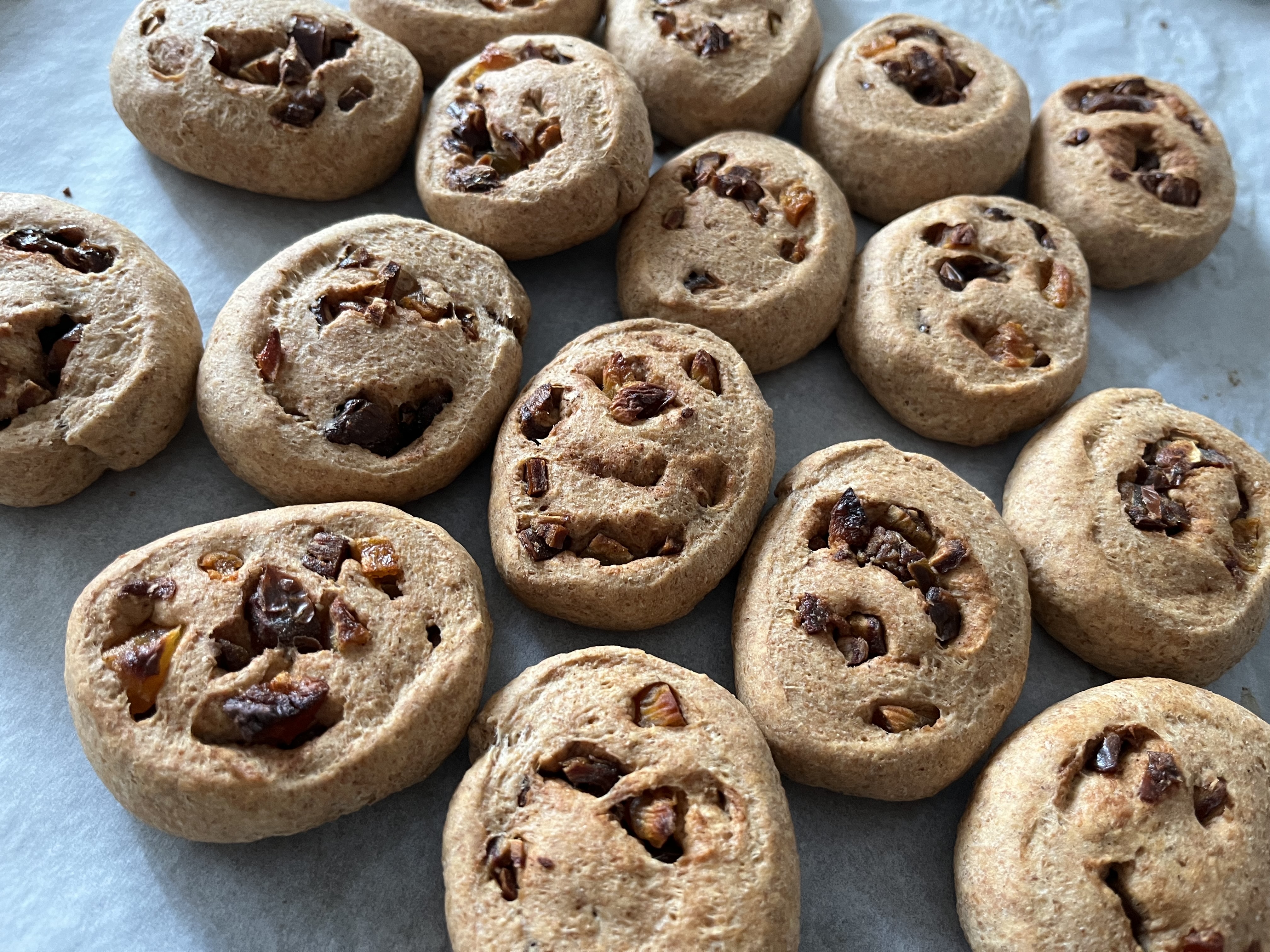 |
Nature’s Dessert Cookbook: Healthy, Delicious & Naturally Sweet Recipes Don’t want or can’t tolerate sugar alcohols and artificial sweeteners? This cookbook is for you! Every dessert is naturally sweetened with whole ingredients rich in fiber and protein, slowing sugar absorption and making them diabetic-friendly. It gathers your favorite recipes from the website—plus brand-new ones—all in one convenient place. Indulge in truly natural treats without compromise! |
 |
Diabetic Baked Goods: Everyday Bakes for Every Meal Diabetic cookbook designed to make healthy baking simple, accessible, and enjoyable. This collection of low-carb, high-fiber, and protein-rich recipes provides a reliable solution for those looking to enjoy diabetic bread and baked goods without blood sugar spikes. Every recipe includes a video tutorial, making it even easier to follow along and bake with confidence! |
 |
What Makes This Cookbook Different?
|
Are Apricots Good for Blood Sugar Control?
If you or someone in your family is managing diabetes, you may have wondered: Are apricots good for blood sugar control? Packed with essential nutrients and dietary fiber, apricots offer potential health benefits for everyone1 — including those managing diabetes.
As a mother of a child with type 1 diabetes, I've discovered the value of including apricots in our desserts. They bring not only natural sweetness but also valuable nutrients, helping me create treats that are both delicious and more balanced.
In this article, I’ll explore the nutritional profile of apricots, their impact on blood sugar, and how they can be used as natural sweeteners. I’ll also share some of my personal experience using apricots in everyday diabetic-friendly desserts.
Nutritional Benefits of Apricots

Apricots, whether fresh, dried, or used in no-sugar-added jams, provide a burst of flavor along with a wealth of vitamins and minerals. A single apricot offers a good source of Vitamin A, which is important for eye health and immune function, and Vitamin C, a powerful antioxidant. They also contain potassium, an essential electrolyte for maintaining healthy blood pressure.
Even more important for blood sugar control, apricots are a good source of dietary fiber. Fiber helps slow the absorption of sugar into the bloodstream, preventing rapid spikes in glucose levels — a key reason why apricots can have a place in a diabetic-friendly diet.
Are Apricots Good for Blood Sugar Control?
Yes — especially when eaten in moderation and balanced with other healthy ingredients.
While apricots do contain natural sugars, their fiber content helps to reduce the glycemic impact. This makes them suitable for people with diabetes when included thoughtfully in meals or snacks.
Fresh apricots are a juicy summer delight with a relatively low sugar content compared to dried versions. They're perfect eaten on their own, sliced into salads, or blended into smoothies for a naturally sweet boost.
Dried apricots, on the other hand, are more concentrated in sugar due to the dehydration process. While they remain rich in fiber and nutrients, it’s important to watch portion sizes — a small handful is usually enough to satisfy a sweet tooth without raising blood sugar too much.2
When it comes to apricot jams and preserves, look for those made without added sugar. These can be a much healthier alternative to standard jams. I prefer versions sweetened naturally with fruit juice or stevia.
My Experience: Naturally Sweetening Desserts with Apricots
From my personal experience, incorporating apricots into my son's desserts has been a wonderful way to add natural sweetness. I often use chopped or ground dried apricots and dates in recipes. Since I'm careful about sugar content, I usually add just a small amount of stevia as an additional sweetener. This way, I reduce the total amount of stevia needed and also enrich the dessert nutritionally.
Small bits of dried fruit give the dessert a nice burst of sweetness and texture, and these cakes taste great. It’s an added comfort knowing that we’re not just eating empty calories, but enjoying a dessert that's nutritionally beneficial. My son finds that such cakes work well for his blood sugar levels, too.
Another trick I often use is pureed apricots or no-sugar apricot jam. They bring a unique flavor that pairs well with biscuits or pastries. For instance, I once sweetened poppy seed cookies with apricot jam — something I wasn’t sure would work — but it turned out wonderfully.
That’s why you’ll find many recipes on my site that include apricots in one form or another. They’ve become one of my favorite go-to ingredients when creating diabetic-friendly sweets.

A Simple Apricot Dessert Idea
One of favorite treats is a simple apricot crumble. I use fresh apricots and top them with a mix of whole spelt flour, oats, and just a touch of maple syrup. It’s comforting and sweet without being overly sugary — and much lower in sugar than traditional desserts.
Final Thoughts: So, Are Apricots Good for Blood Sugar Control?
Yes — in moderation. Thanks to their fiber content and nutritional richness, apricots can be a part of a balanced, diabetic-friendly diet. Their natural sweetness allows them to be used as a substitute for refined sugars in many dessert recipes.
Of course, it’s always best to be mindful of overall sugar content and portion sizes when preparing dishes with apricots. And if you’re managing diabetes, consult with a healthcare professional or dietitian before making any big changes to your diet.
From my family’s experience, apricots offer a naturally sweet and wholesome alternative to refined sugar in desserts. Their nutritional value and fiber content support more stable blood sugar levels, making them a valuable ingredient for healthier homemade sweets.
So go ahead — enjoy apricots in moderation and discover how they can add both flavor and function to your recipes!





